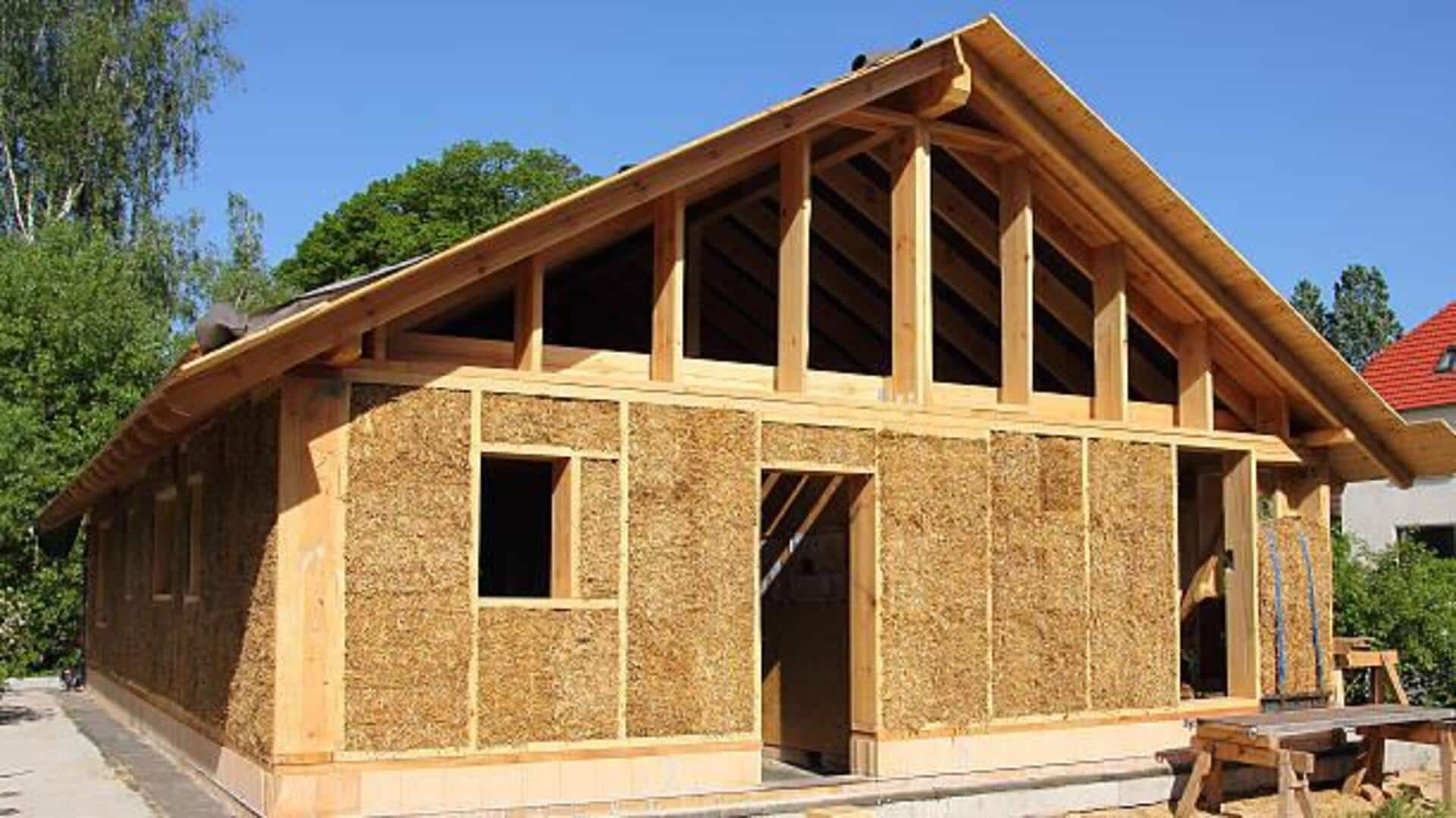
Straw bale homes: How Africa is embracing sustainable architecture
What's the story
Africa is leading the way in sustainable architecture with its innovative use of straw bale construction. This method provides superior insulation and drastically cuts the carbon footprint associated with traditional building materials. Africa's embrace of straw bale buildings demonstrates a commitment to eco-friendly practices and offers a unique travel experience for those passionate about sustainable living and architecture.
Sustainability
The rise of sustainable architecture
Over the past few years, Africa has been experiencing a significant shift toward sustainable architecture, with straw bale construction leading the way. This technique utilizes bales of straw as the primary building material, offering a renewable and readily available resource in many African areas. Straw bale structures are highly energy-efficient, offering superior thermal insulation that can reduce heating and cooling requirements by up to 75%.
Community
Community involvement and education
Building with straw bales is a community affair! It creates jobs and teaches people new skills. More and more people are attending workshops and training sessions to learn the art of straw bale building. It's a fantastic way for communities to come together and create sustainable homes. Getting your hands dirty is not just fun, it's educational too! It helps people understand what it means to live sustainably.
Eco-tourism
Eco-tourism opportunities
Straw bale buildings are the new hotspots for eco-tourists in Africa. Lodges and guesthouses built with straw bales are attracting visitors who want to experience sustainable accommodations that match their environmental values. These places often use other eco-friendly features like solar power and recycled water, making them even more appealing to green travelers.
Challenges
Challenges and solutions
Despite its advantages, straw bale construction has its drawbacks, including vulnerability to moisture damage if not properly sealed. However, modern building techniques have significantly improved moisture barriers and plastering methods, ensuring the straw bales are well-protected from water infiltration. Plus, concerns about durability and safety of straw bale buildings are often based on misconceptions, which can be addressed through education and showcasing successful projects.
Future
Future prospects
Africa is on the brink of a straw bale construction revolution as more architects and builders recognize the potential of this sustainable building method. Faced with the realities of climate change and environmental degradation, people are seeking green building solutions that reduce ecological impact while ensuring safe, comfortable living spaces. Straw bale construction presents a viable answer, poised to redefine the African architectural landscape.